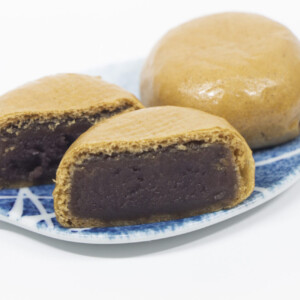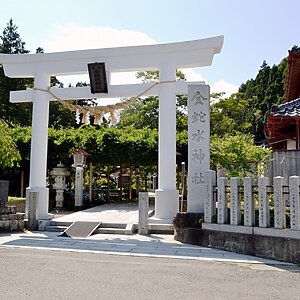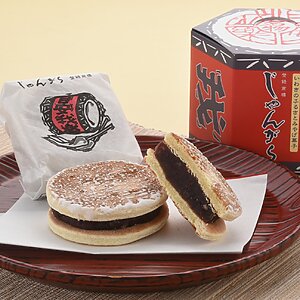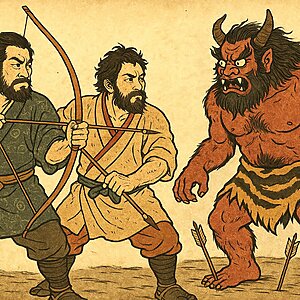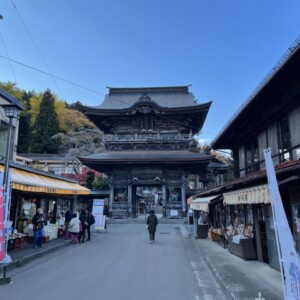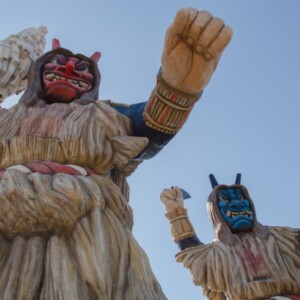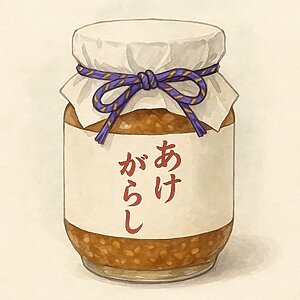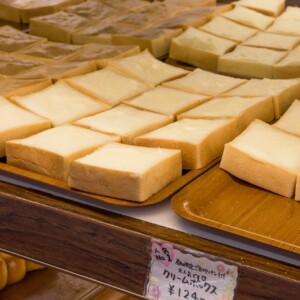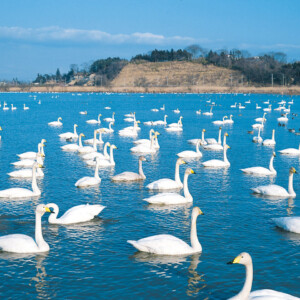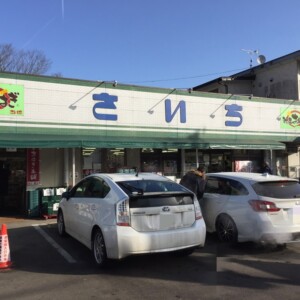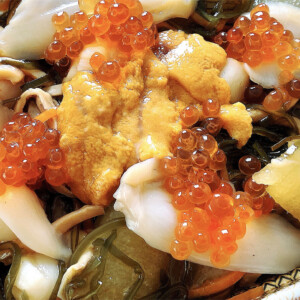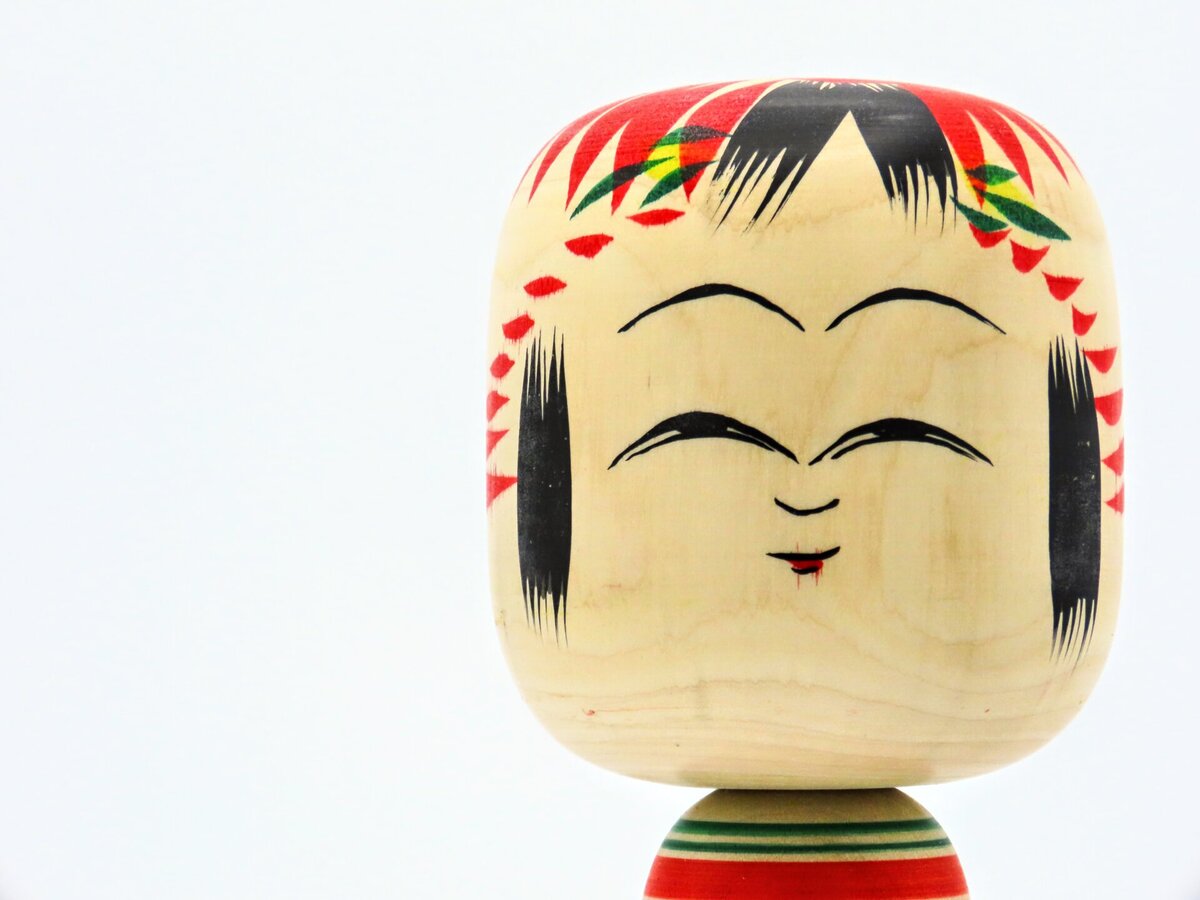
Togata Kokeshi – Traditional Kokeshi developed at Togata Onsen in Miyagi Zao [Miyagi Prefecture]
table of contents
Kokeshi dolls are one of the traditional crafts representing the Tohoku region .
It is a craft that has spread over a fairly wide area, with at least one unique lineage existing in every prefecture in Tohoku.
we took a deep dive into the ``Togatta Kokeshi'', which was developed around Togatta Onsen in Miyagi Prefecture
What is Kokeshi?
Kokeshi dolls are made by craftsmen called kijishi who lived mainly in mountain villages and 's wheel to make bowls and trays for a living. It is a wooden toy that was made to be sold as a souvenir to tourists in hot spring resorts.
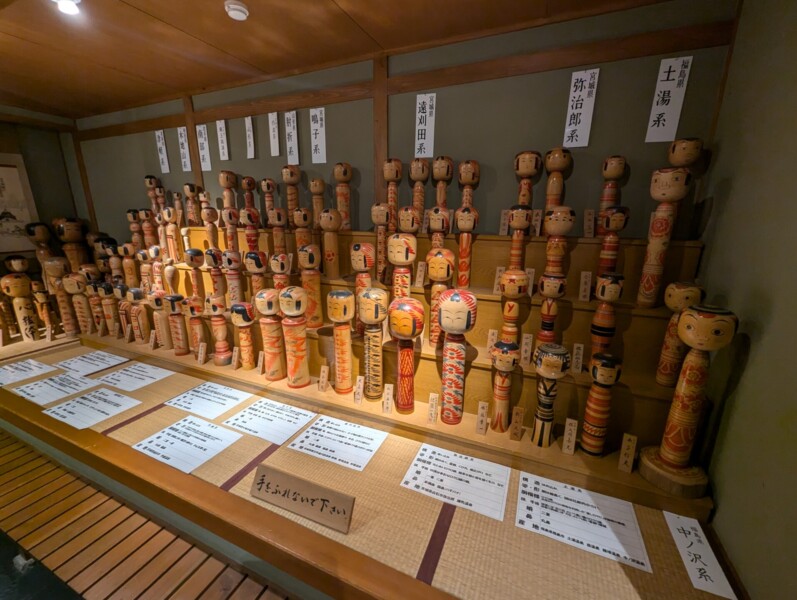
It is said to have originated around the end of the Edo period, and is generally divided into the following 12 strains based on production area and characteristics.
- Tsugaru type (around Hirosaki City and Kuroishi City, Aomori Prefecture)
- Southern type (around Hanamaki City, Iwate Prefecture)
- Kiji Mountain Range (around Yuzawa City, Akita Prefecture)
- Naruko type (around Naruko Onsen, Osaki City, Miyagi Prefecture)
- Sakunami system (around Sakunami Onsen, Sendai City, Miyagi Prefecture)
- Togatta system (around Togatta Onsen, Zao Town, Katta District, Miyagi Prefecture)
- Yajiro type (around Kamasaki Onsen, Shiroishi City, Miyagi Prefecture)
- Hijiori series (around Hijiori Onsen, Okura Village, Mogami District, Yamagata Prefecture)
- Yamagata series (around Yamagata City, Yamagata Prefecture)
- Zao Takayu system (around Zao Onsen, Yamagata City, Yamagata Prefecture)
- Tsuchiyu system (around Tsuchiyu Onsen, Fukushima City, Fukushima Prefecture)
- Nakanosawa series (around Nakanosawa Onsen, Inawashiro-cho, Yama-gun, Fukushima Prefecture)
Various names and their origins
Kokeshi dolls have many other names, including , Dekoroko , Kogesu , Kiboko , Kogehoko , Kinakinabokko , Odekosama
Where did the name "kokeshi" originally come from? There are various theories about this,
- Transformation of the pest control toy to prevent epidemics
- Changes in burnt (piece of wood) cheeks (doll)
- Koge (wood cutting) meaning of shi (child)
- The accent of a small doll called okeshi that was popular in the Edo period.
There are multiple theories such as. Each theory has a certain level of persuasive power, and the aliases mentioned above are thought to have evolved by adding local accents to the names based on their respective origins.
In this way, Kokeshi dolls were called by completely different names in various places, but in 1940 (Showa 15), Kokeshi craftsmen and enthusiasts attended the ``1st Local Gathering - Naruko Festival'' A number of people related to the festival got together and decided to unify the word ``kokeshi'' into three hiragana letters, and from then on it has been called ``kokeshi'' in all regions.
Togatta-style kokeshi dolls developed in Togatta Onsen
type kokeshi dolls , which developed around Togatta Onsen in Zao Town, Katta District, Miyagi Prefecture, are thought to be the oldest, and it is said that the kokeshi dolls themselves originated from Togatta
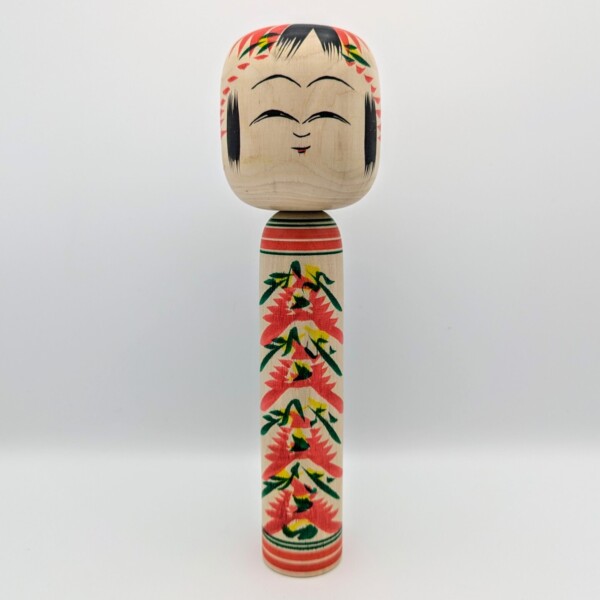
The head is large and tegara drawn from the top of the head and forehead to the ears, and the body is decorated with stacked chrysanthemums, plums that have changed from chrysanthemums, cherry blossoms, igata, Wood grain is depicted, and the back is sometimes decorated with peonies, butterflies, pine needles, irises, etc.
Kokeshi doll spot at Togatta Kokeshi Village “Togatta Onsen”
There are several kokeshi-related spots around Togatta Onsen, including the Miyagi Zao Kokeshi Museum, which the Shinchi village, which is said to be the birthplace of Togatta kokeshi dolls
Miyagi Zao Kokeshi Museum
The Miyagi Zao Kokeshi Museum was opened in 1981, and approximately 5,500 traditional Kokeshi dolls and wooden toys from all over the country, including Togatta traditional Kokeshi dolls, are displayed by type.
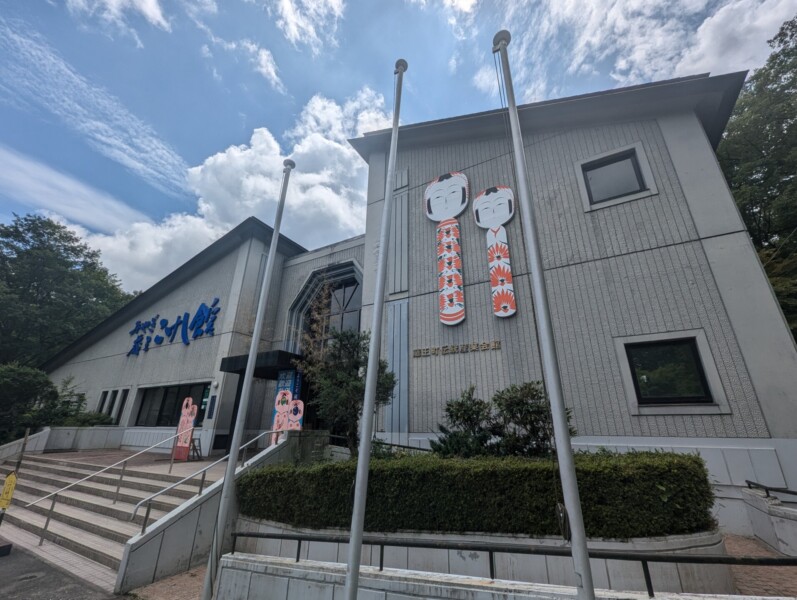
In addition to the many exhibits, you can also watch demonstrations of kokeshi doll turning by a kokeshi doll maker and try your hand at painting kokeshi dolls.
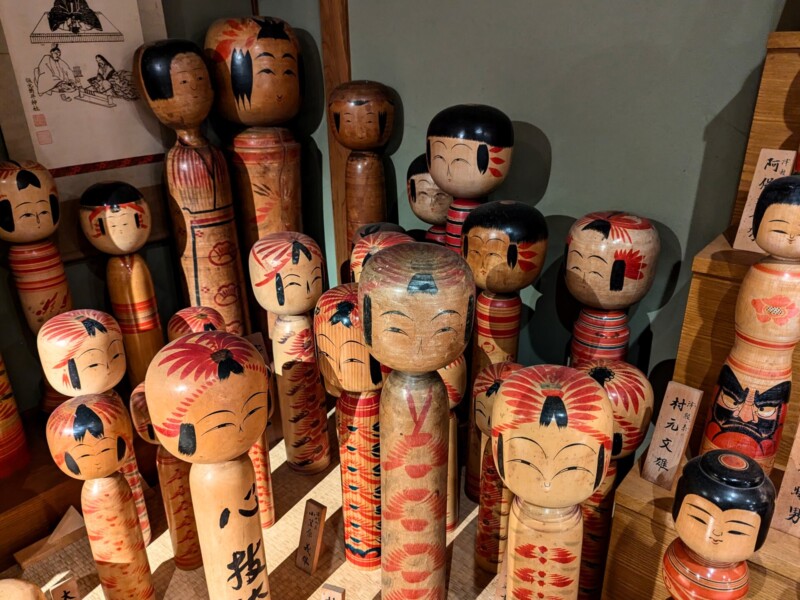
At the shop inside the facility, traditional Togatta Kokeshi dolls made by craftsmen, Kokeshi-related products, and Zaou-sama goods are on sale, and events related to Kokeshi dolls are also held irregularly at this facility.
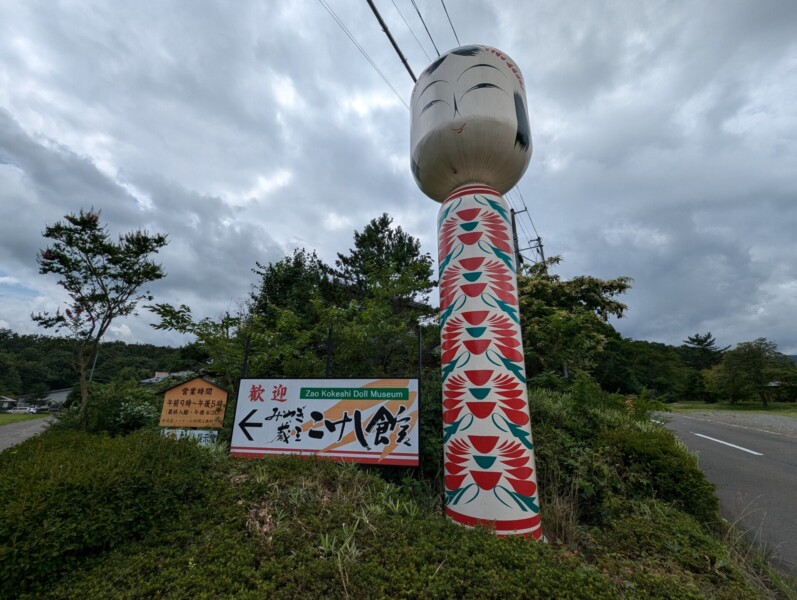
It's located down a side street from National Route 457, but you'll be able to spot it easily as there's a giant kokeshi doll at the entrance, which is typical of Kokeshi no Sato.
Behind the facility is a promenade called ``Kokeshi no Michi,'' you can reach ``Shinchi Village,'' the birthplace of Togatta Kokeshi dolls, which
In Shinchi Village, there are only community roads and there are no parking lots. If you want to take a walk around Shinchi Village, we recommend using the parking lot of Miyagi Zao Kokeshi Museum and walking along this promenade.
Miyagi Zao Kokeshi Museum<Information>
- Name: Zao Town Traditional Industry Hall (Miyagi Zao Kokeshi Museum)
- Address: 36-135, Togatta Onsen Shinchi Nishiurayama, Zao-machi, Katta-gun, Miyagi Prefecture, 989-0916
- Phone number: 0224-34-2385
- Official URL: http://www.kokeshizao.com/
Google Map
Shinchi village, the birthplace of Togatta kokeshi dolls
If you go a little south from Togatta Onsen on National Route 457 toward Shiroishi City, you will find the Shinchi village, which is said to be the birthplace of Togatta Kokeshi dolls .

Prince Koretaka , who is said to be the founder of woodturners , and there are villages dotted with houses of kokeshi doll makers on both sides of the straight road.
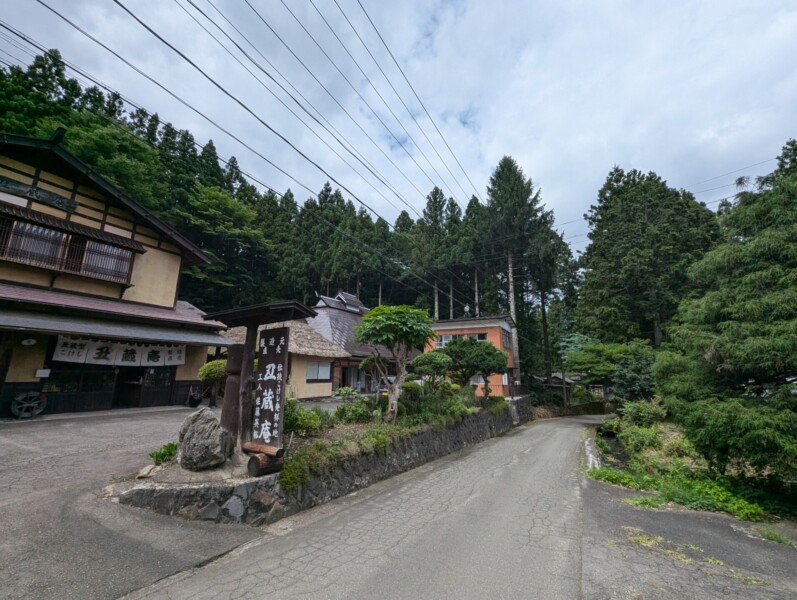
It is possible to purchase kokeshi dolls made by each craftsman directly, and you will need to inquire, but you can also visit some of the kokeshi craftsmen's homes to see how they are turned on a potter's wheel or try painting them.
Shinchi village <Information>
- Name: Shinchi Village
- Address: Togatta Onsen Shinchi, Zao Town, Katta District, Miyagi Prefecture, 989-0916
- Phone number: -
- Official URL: -
Google Map
Koretaka Shrine is dedicated to Prince Koretaka, who is said to be the founder of woodturners.
Koretaka Shrine (Koretaka Shrine) is a shrine located in the Shinchi village, which is said to be the birthplace of Togatta Kokeshi dolls, and is also called Kokeshi Shrine
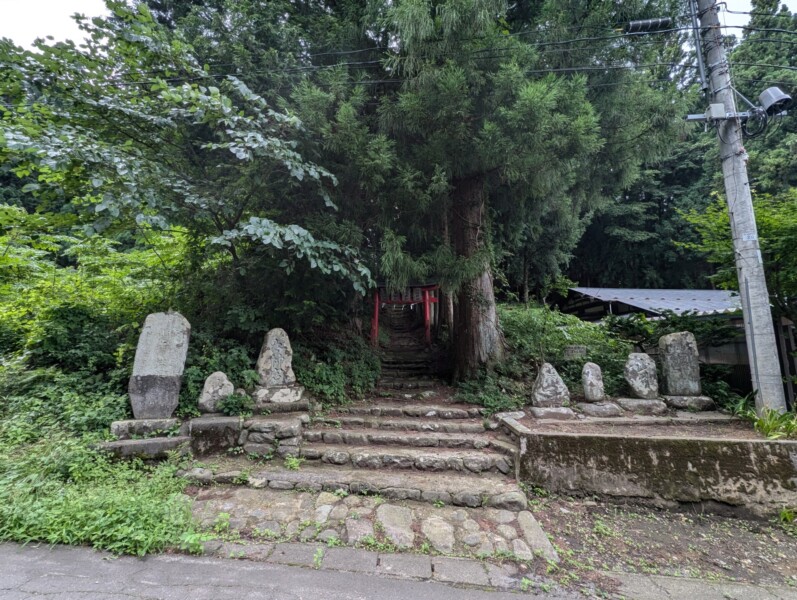
The enshrined deity , Imperial Prince Koretaka, was the first son of Emperor Montoku, the 55th emperor, but he was embroiled in a political dispute and left Kyoto without ascending the throne.
While living in seclusion in the mountains, he taught woodworking techniques to local residents, and is said to have invented the potter's wheel, so he is said to be the founder of woodturners
There is also a theory that the origin of the name kijishi comes from the name of Kiuji, the maternal lineage of Imperial Prince Koretaka, as well as the craftsman who processes wood.
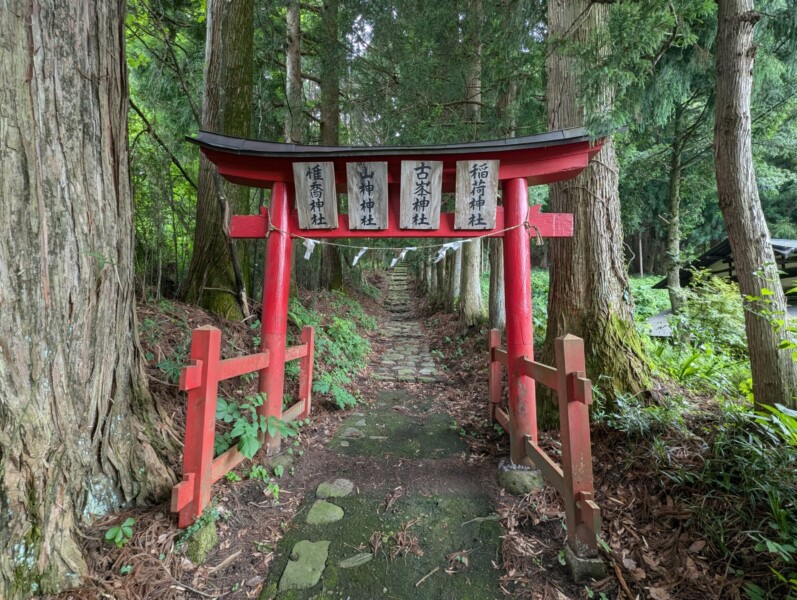
In addition to Koretaka Shrine, Yamagami Shrine, Furumine Shrine, and Inari Shrine are all enshrined here.
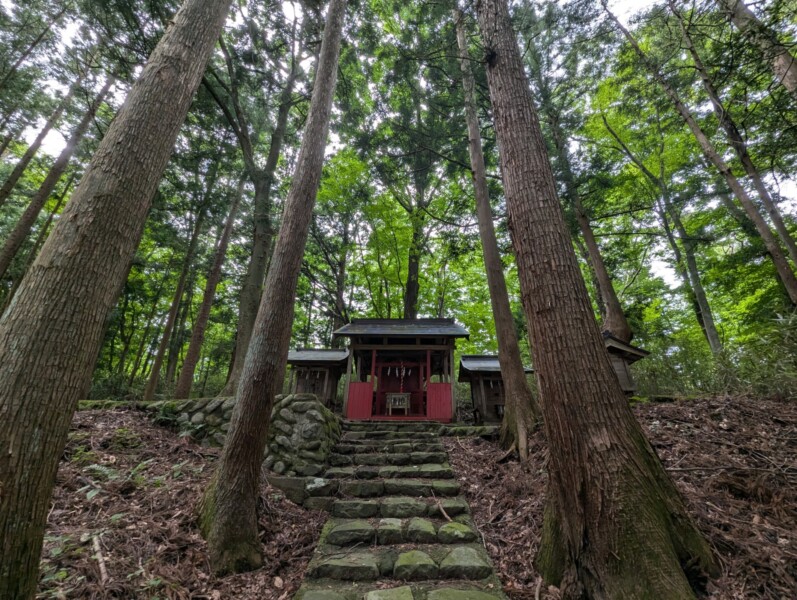
There are four shrines enshrined here, including one that is enshrined together. Every New Year, a ritual is held to grind the first kokeshi doll, and the completed kokeshi dolls are dedicated to Koretaka Shrine.
Koretaka Shrine<Information>
- Name: Koretaka Shrine
- Address: Togatta Onsen Shinchi, Zao Town, Katta District, Miyagi Prefecture, 989-0916
- Phone number: -
- Official URL: -














![Naruko Kokeshi - Traditional Kokeshi developed at Naruko Onsen, the three famous hot springs in Oshu in Miyagi [Miyagi Prefecture] Naruko Kokeshi's expression](https://jp.neft.asia/wp-content/uploads/2024/10/IMG_1783-150x150.jpg)
![Zao Takayu Kokeshi - Traditional Kokeshi developed in Zao Onsen, following the trends of Doyu and Togarida [Yamagata Prefecture] Zao Takayu Kokeshi's expression](https://jp.neft.asia/wp-content/uploads/2024/11/IMG_1781-150x150.jpg)
![Hibiori Kokeshi - Traditional Kokeshi developed at Hibiori Onsen, following the Naruko and Togata styles [Yamagata Prefecture] The expression on the elbow robbing](https://jp.neft.asia/wp-content/uploads/2024/12/IMG_1804-150x150.jpg)
![Kijiyama Kokeshi - Akita Traditional Kokeshi with a distinctive expression that gives you a sense of sorrow [Akita Prefecture] Kijiyama Kokeshi's expression](https://jp.neft.asia/wp-content/uploads/2025/01/IMG_1792-150x150.jpg)
![Yajiro Kokeshi - Traditional Kokeshi developed around Kamasaki Onsen, the home of the Shiraishi Katakura family [Miyagi Prefecture] Yajiro Kokeshi's expression](https://jp.neft.asia/wp-content/uploads/2024/09/IMG_1801-150x150.jpg)
![Sakunami Kokeshi - Traditional Kokeshi developed in Sakunami Onsen in Sendai and has a history of over 150 years [Miyagi Prefecture] The expression of the samun kokeshi](https://jp.neft.asia/wp-content/uploads/2025/03/IMG_2161-150x150.jpg)
![Nakanosawa Kokeshi - Traditional Kokeshi that has evolved after breaking from the reputation of being a "part of the Doyu" [Fukushima Prefecture] Nakanosawa Kokeshi's expression](https://jp.neft.asia/wp-content/uploads/2024/10/IMG_1785-150x150.jpg)
![Doyu Kokeshi - Traditional kokeshi originating from "Doyu Onsen", which is said to be the birthplace of the three major kokeshi at Tohoku [Fukushima Prefecture] The expression of the Doyu Kokeshi](https://jp.neft.asia/wp-content/uploads/2024/10/IMG_1799-150x150.jpg)
